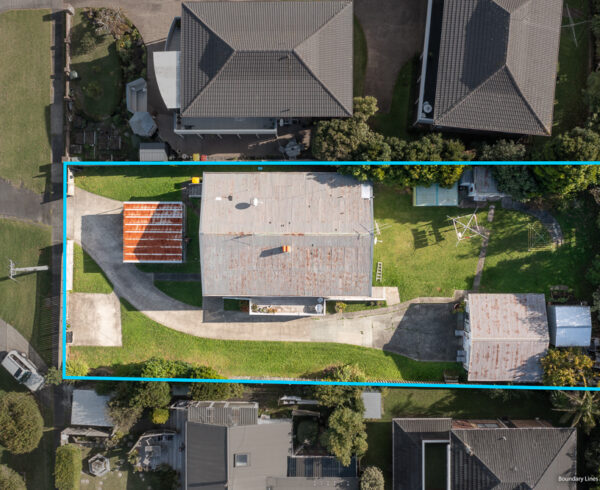When it comes to buying a property, the term “due diligence” is bandied about a lot. That means doing your official research into the property you’re interested in, and top of the list of recommended research is usually a LIM report.
But what is it, and why do you need one?
A LIM or Land Information Memorandum is a report issued by the local city or district council which provides a summary of all the information that local authority has on file about that property, in particular, all works on the property that council has had involvement in.
It will typically include:
- Zoning information
- Information on natural features which impact the use of the property (such as flooding or erosion, wind risk and subsidence)
- Scheduled roads or utility (such as drainage) developments which impact the site
- Details of current rates, and outstanding rates, if any, owed on the property
- Information on any protected or heritage buildings or trees on the property
- Details of resource consents, or building consents issued for work on the property.
The important thing to remember with a LIM report is that while it can contain vital information on a property you’re interested in buying, it won’t contain ALL information on any given property.
For example it won’t contain recent survey measurements, or information on the building’s structural integrity, or address fears of contamination from substances such as methamphetamine.
You will need to have those concerns addressed with separate reports from building and meth contamination inspectors (note: the NZ Standards Authority is currently preparing a nationwide standard for meth contamination testing).
So why do you need a LIM report?
It can tell you if previous alterations or construction works has been signed off by the council. It may show areas liable to flood or which may be prone to subsidence or erosion causing problems in the future. These are things which you may not notice in a typical viewing of the property.
A LIM may also alert you to things such as road widenings or new routes which may affect your amenity or the future value of the property.
Always look at the LIM in the context of what is currently in place at the property. It’s important to note that not all works done on a property will appear on a LIM as not all works require council involvement. However, if there is noticeable construction not listed in the LIM you should discuss this with your lawyer and the real estate sales consultant prior to making an offer.
Generally speaking it is a good idea for your lawyer to look over the LIM anyway as they may spot something you miss. And remember you can request aspects of the LIM that are of concern be remedied by the vendor as a condition of sale.
Of course, as with any due diligence, there is a cost associated with requesting a LIM report. This can be a hurdle, given that there’s no guarantee you will have your bid or offer accepted.
Most NZ councils will charge somewhere between $200 and $400 for a LIM, depending on the urgency. In most cases you can cancel a LIM request, though it must be done in a timely manner and there may still be a cancellation fee depending on how much work on the LIM has already been undertaken.
The crucial aspect to consider when paying for a LIM, or any other aspect of due diligence such as a building report, or meth contamination test, is comparing it to the cost of finding something fundamentally wrong or non-compliant in the property at a later date; what it might cost to fix or insure, or the impact it may have on your resale value.
Think of the cost of a LIM as a kind of bright line test for how much you really want the property in question. If you have a clear idea of what you want in a new home and the property ticks all those boxes, the cost of a LIM, given the information it provides, and the proportion of the overall property value it represents, is probably worth it. In the end it represents peace of mind around one of the biggest purchases you will ever make.







Recent Comments